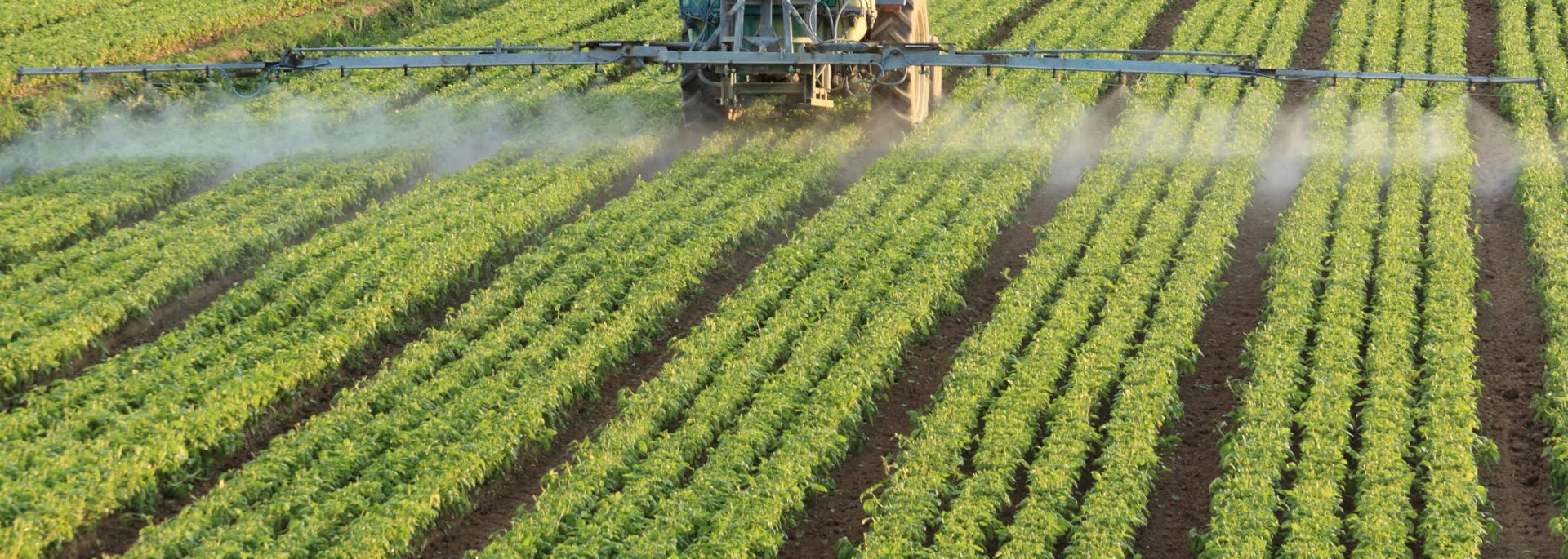
UREA
UREA
| N% | P% | K% | S% | Zn% | |
| Typical Analysis | 46 | 0 | 0 | 0 | 0 |
| Chemical Name | Urea |
| Crop Segments | All |
| Features | High analysis form of nitrogen, used as a straight fertiliser and in blends. |
| Quality & Handling | Nominal 2-4 mm granules sizing, free flowing under low humidity conditions. Bulk density 0.75 tonnes per cubic metre. |
| Blending | Can be blended with most products and trace elements except for Single and Triple Superphosphate. |
FEATURES AND BENEFITS
Urea is an organic compound that occurs naturally. Synthetic Urea is the most widely used nitrogen fertiliser in the world.
The wide acceptance of Urea is due to its agronomic acceptability and its low relative cost. Granular Urea is tailored for easy handling, even spreading and blending.
MANUFACTURE
Urea is made by combining ammonia and carbon dioxide. Granules of Urea are made by passing the liquid Urea through a fluid bed granulation system, creating a hard and evenly sized granule.
Granulated Urea is harder than prilled Urea, therefore creating less fines and dust when handled and transported.
Modern Urea products have a stabilising compound added – formaldehyde at between 0.3 and 0.5%. This additive reduces the critical humidity (the humidity level at which Urea absorbs moisture) and greatly improves its handling and storage qualities.
USES
Plants take up nitrogen from the soil in the mineral forms of nitrogen, both ammonium and nitrate before converting it to plant protein nitrogen. Plants vary in their preference to utilise either form of nitrogen. Nitrate is considered the main source because it is mobile in the soil. On addition to the soil, Urea dissolves into the soil solution and is converted to ammonium and then to nitrate.
Conversion is favoured by:
- Temperature – the activity range is wide, varying from -20°C to 37°C with the optimum >20°C.
- Organic matter – activity is enhanced in soils high in organic matter which favours microbial activity.
- The time for Urea to be converted to ammonium will depend on the conditions of moisture and temperature. The reaction will begin to occur 24 hours after application and be complete within 2 to 5 days. The reaction time is slowest in cold, waterlogged conditions.
It is these biological processes in the release of nitrogen from Urea to plants that gives Urea its main characteristic of a slower release form of nitrogen. Urea has longer availability for uptake by plants and release rates that are more closely related to plant growth.
STORAGE AND HANDLING
- In the field when sowing or spreading Urea, ensure that all efforts are made to exclude moisture.
- Keep trucks and spreaders covered.
- Empty drills and spreaders between jobs and overnight if possible. Keep well covered and lay plastic on the fertiliser in the drill if storing overnight. Do not forget to remove the plastic in the morning.
- If sowing in humid and foggy conditions, check for blockages regularly.
Urea is completely soluble in water. Its maximum solubility is 30kg of Urea per 100 litres of water. Be aware that when Urea is mixed with water this creates a cold (endothermic) reaction, so take care on cold, frosty mornings.
RESTRICTIONS
- Do not mix Urea with Single Superphosphate or Triple Superphosphate.
- Do not store in silos.
Biuret can cause burning of foliage if Urea is sprayed onto the leaves in low volumes.
Plant Ecology
Besides providing miscellaneous solar power solutions
Environment SavingTechnologies
Besides providing miscellaneous solar power solutions
Ecology Today
Besides providing miscellaneous solar power solutions
